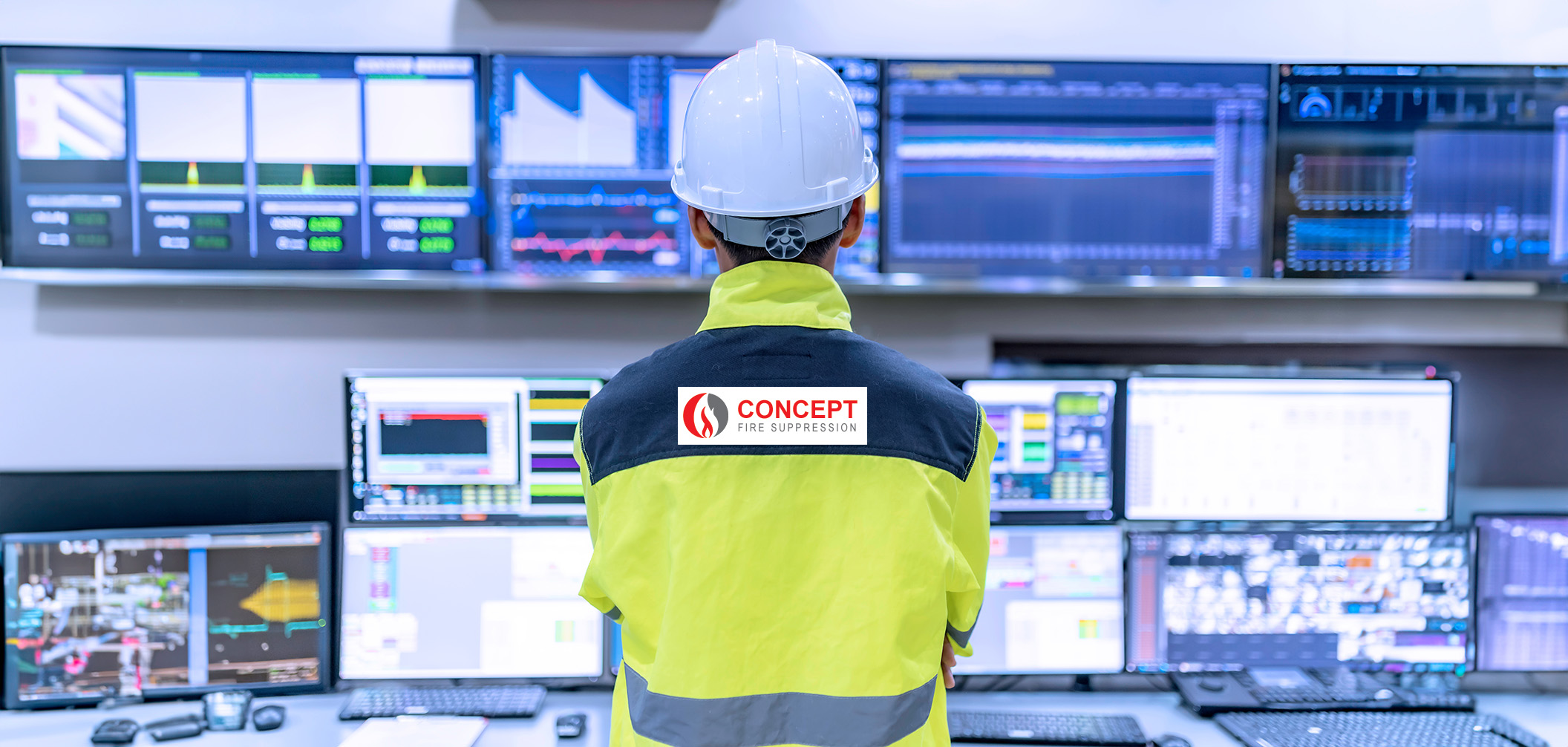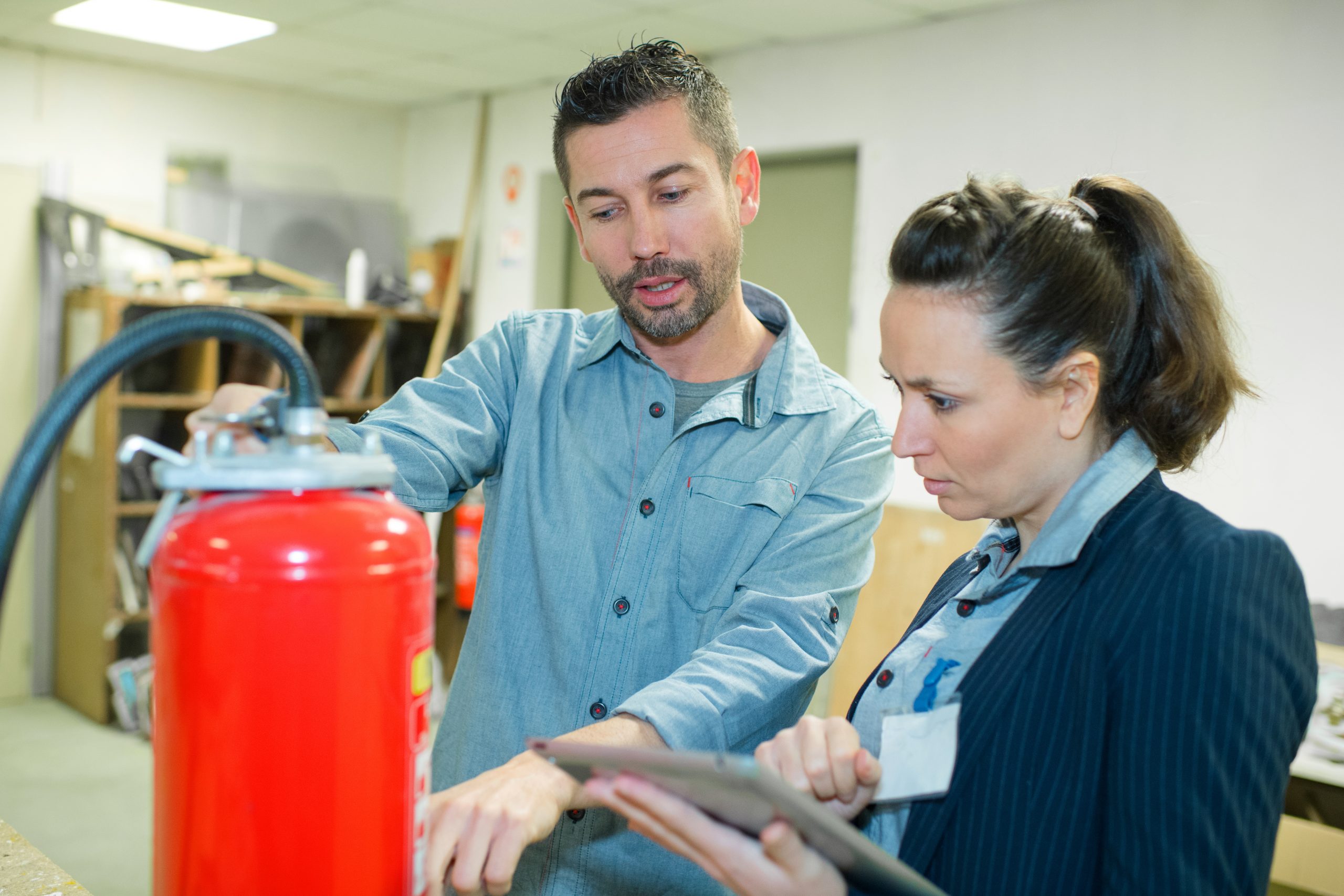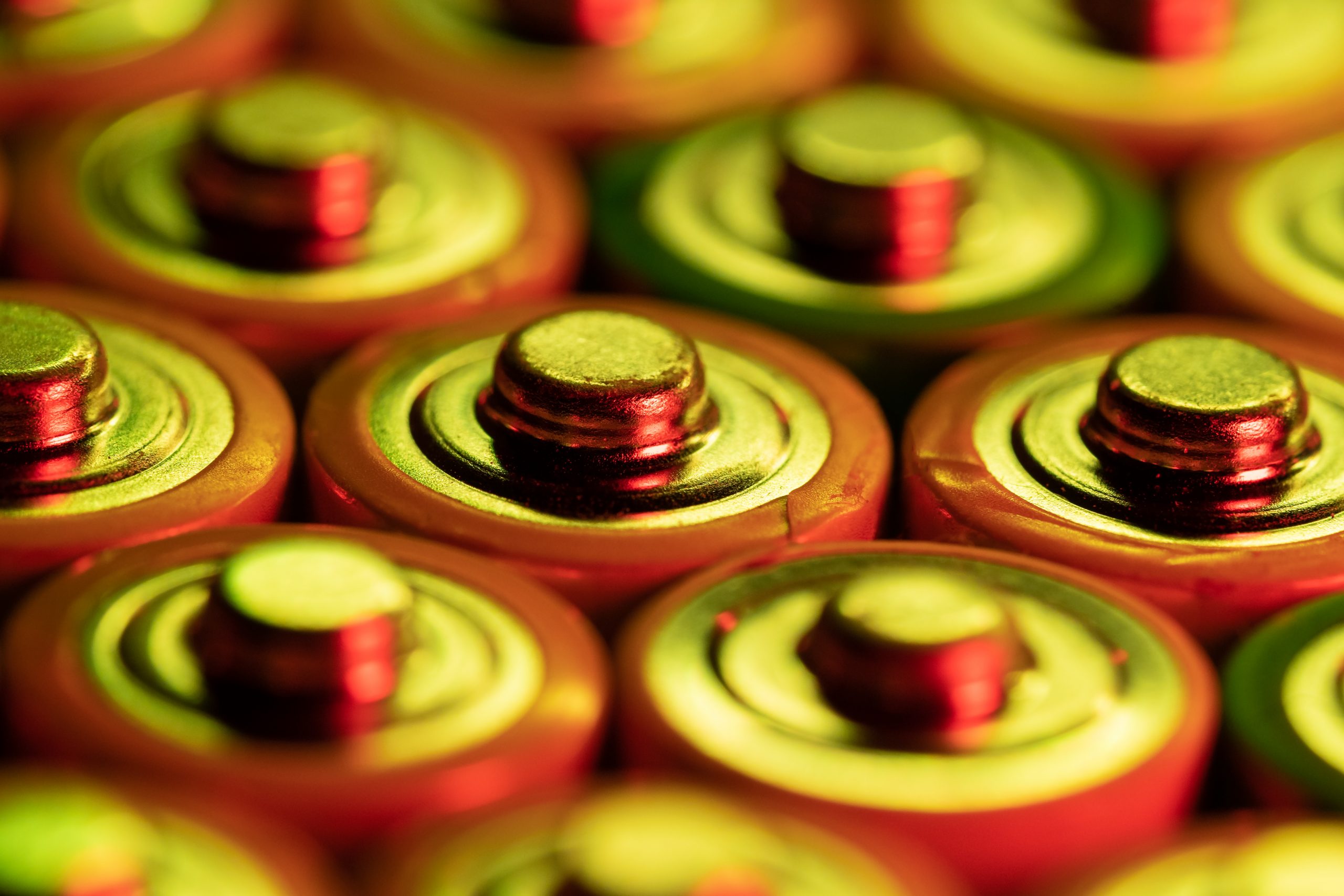12. Activation Methods: Initiating Fire Suppression System Response
Activation Methods: Initiating Fire Suppression System Response
Fire suppression systems are designed to respond swiftly and effectively when a fire is detected. Activation methods play a crucial role in initiating the response of the suppression system, ensuring the rapid deployment of suppression agents to suppress or extinguish the fire. Let’s explore the activation methods used in fire suppression systems:
1. Automatic Activation:
Automatic activation is the primary method used in fire suppression systems. It relies on the integration of the fire detection system with the suppression system. When the fire detection system detects the presence of a fire, it sends a signal to the suppression system, triggering the automatic release of the suppression agents. This automatic activation ensures a swift response without the need for human intervention.
2. Heat-Activated Systems:
Heat-activated systems are commonly used in fire suppression, especially for areas with specific fire hazards or high-risk environments. These systems utilise heat-sensitive devices, such as fusible links or pneumatic heat detectors. When the ambient temperature rises above a certain threshold, these devices activate, releasing the suppression agent to extinguish the fire.
3. Flame Detection:
Flame detection is another activation method used in specific fire suppression applications. Flame detectors utilise optical sensors to detect the presence of flames. When flames are detected, the flame detection system triggers the activation of the suppression system, ensuring immediate response to the fire.
4. Manual Activation:
Manual activation provides an additional layer of control over the suppression system. Manual pull stations or push buttons are strategically located to allow occupants or trained personnel to activate the suppression system manually in case of a fire emergency. This manual activation method can be beneficial in situations where immediate action is required, even before the automatic detection system is triggered.
5. Combination of Activation Methods:
In some cases, fire suppression systems employ a combination of activation methods to ensure comprehensive coverage and reliable response. This may involve a combination of automatic activation, heat activation, and manual activation, providing redundancy and flexibility in responding to different fire scenarios.
Proper installation, testing, and maintenance of activation devices are crucial to ensure their reliability and effectiveness. Regular inspections and functional testing help identify any issues or malfunctions, ensuring that the activation methods are always ready to initiate the suppression system response when needed.
It is important to work with fire suppression specialists who have expertise in designing and implementing activation methods suitable for specific fire hazards and environments. They can assess the unique requirements of your facility and recommend the most appropriate activation methods for optimal fire protection.
By employing reliable and effective activation methods, fire suppression systems can rapidly respond to fires, helping to minimise property damage, protect lives, and enhance overall fire safety.
In the next section, we will delve into the different types of suppression agents used in fire suppression systems, exploring their characteristics, applications, and effectiveness. Join us as we continue our exploration of fire suppression and its critical role in safeguarding lives and property.
To go back and read again 11. Detecting Fires: The Role of Fire Detection in Suppression or to go forwards go to 13. Suppression Techniques: Choosing the Right Approach for Each Fire you will have to wait until tomorrow.
If you have any queries please contact us now!







